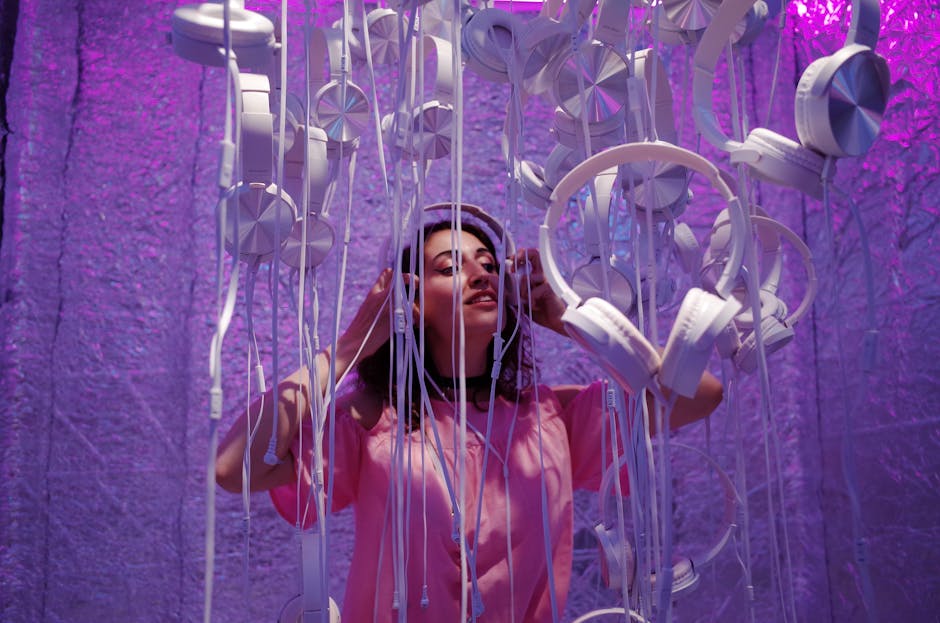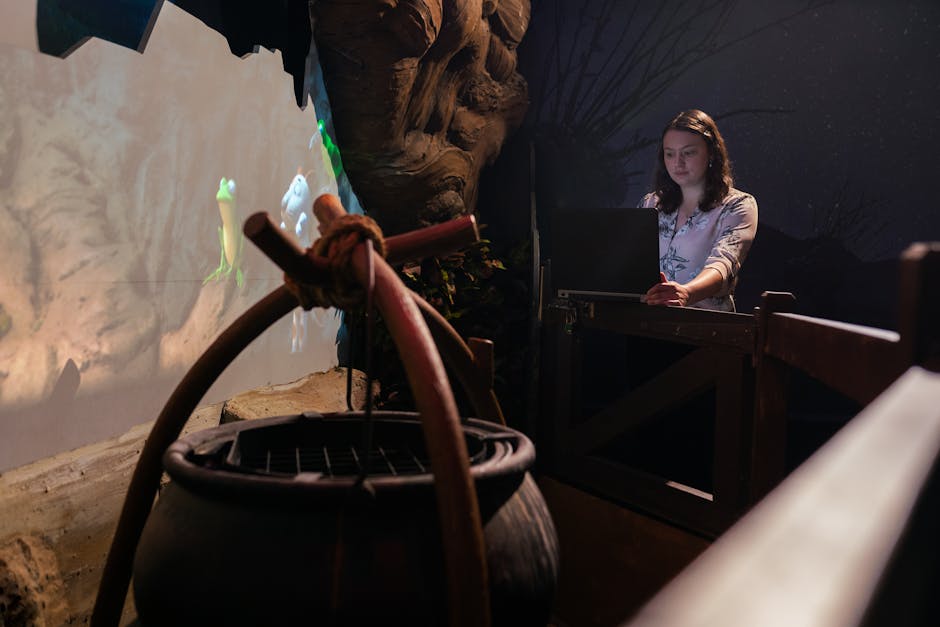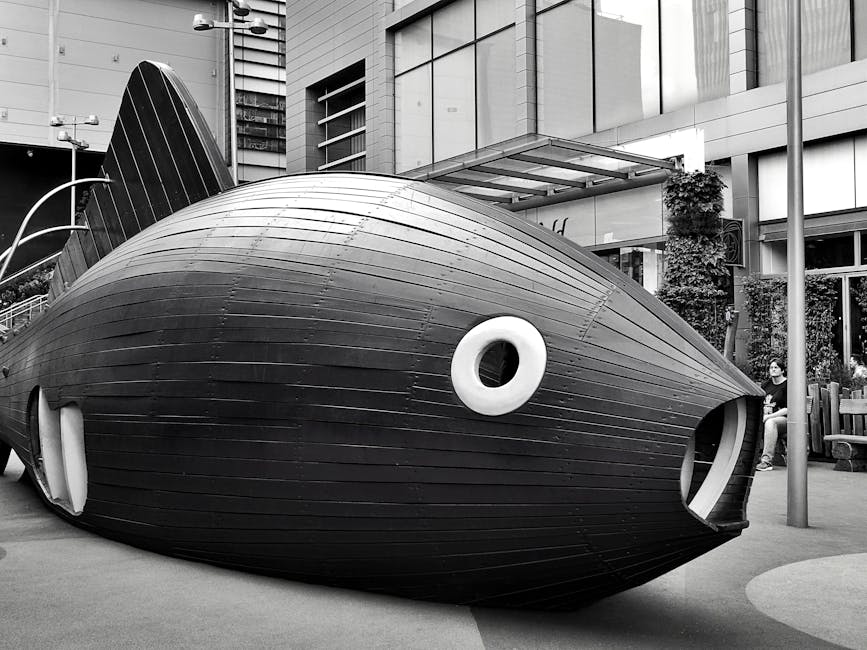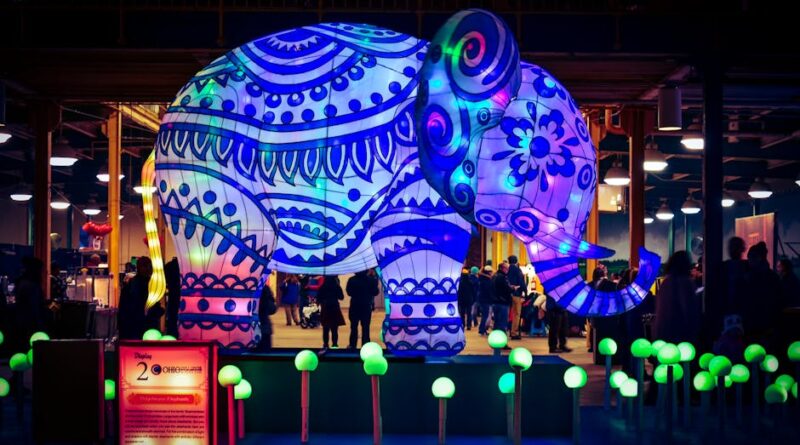Exploring the World of Interactive Exhibition Designs
Welcome to the fascinating realm of interactive exhibition designs, where art, technology, and creativity converge to create immersive and engaging experiences for visitors. In today’s digital age, traditional static displays are being reimagined and transformed into dynamic installations that captivate audiences of all ages. From museums and galleries to trade shows and corporate events, interactive exhibition designs are revolutionizing the way we engage with information, ideas, and stories.
Have you ever wondered how interactive exhibition designs are shaping the future of experiential learning and entertainment? What makes these interactive experiences so compelling and memorable for visitors? Join us on a journey as we delve deep into the world of interactive exhibition designs, exploring their origins, evolution, and impact on the way we interact with the world around us.
The Evolution of Interactive Exhibition Designs

Interactive exhibition designs have come a long way since their inception, with roots that can be traced back to the early 20th century. In the past, museum displays were primarily static, with visitors limited to passive observation. However, as technology advanced and the demand for more engaging experiences grew, the concept of interactive exhibitions began to take shape.
One of the early pioneers of interactive exhibition designs was the Exploratorium in San Francisco, founded in 1969 by physicist Frank Oppenheimer. The Exploratorium’s hands-on exhibits and interactive displays revolutionized the museum experience, inspiring a new generation of designers and curators to think outside the box.
The Power of Immersive Experiences

One of the key features of interactive exhibition designs is their ability to create immersive experiences that transport visitors to different worlds and time periods. By combining elements of storytelling, technology, and design, interactive exhibitions can evoke powerful emotions and connections with the subject matter.
Take, for example, the immersive exhibition “Van Gogh Alive,” which brings the works of Vincent van Gogh to life through a multi-sensory experience. Visitors are surrounded by larger-than-life projections of van Gogh’s paintings, accompanied by a symphony of music and ambient sounds. This immersive approach allows visitors to step inside the artist’s world and gain a deeper understanding of his life and work.
The Role of Technology in Interactive Exhibition Designs

Technology plays a crucial role in shaping the landscape of interactive exhibition designs, enabling designers to create innovative and interactive experiences that were once unimaginable. From augmented reality and virtual reality to interactive touchscreens and motion sensors, technology has opened up a world of possibilities for designers to engage with their audiences in new and exciting ways.
For instance, the Museum of Modern Art in New York has embraced technology in its exhibition design by incorporating interactive touchscreens that allow visitors to explore the museum’s collection in-depth. By swiping, zooming, and tapping on the screens, visitors can access additional information, videos, and interactive features that enhance their understanding of the artworks on display.
Designing for Accessibility and Inclusivity

One of the key principles of interactive exhibition design is to create experiences that are accessible and inclusive for all visitors, regardless of their age, abilities, or backgrounds. Designers strive to make exhibitions engaging and interactive for everyone, ensuring that no one is left out of the experience.
For example, the “Sensory-Friendly Saturdays” program at the Children’s Museum of Manhattan offers interactive exhibits and activities designed specifically for children with sensory sensitivities. By creating a welcoming and inclusive environment, the museum ensures that all children can participate and enjoy the interactive exhibits without feeling overwhelmed or overstimulated.
Measuring the Impact of Interactive Exhibition Designs
As interactive exhibition designs continue to gain popularity and recognition, there is a growing interest in understanding their impact on visitors’ learning outcomes, engagement levels, and overall satisfaction. Museums and cultural institutions are investing in research and evaluation to assess the effectiveness of interactive exhibitions and their potential to inspire, educate, and entertain.
Recent studies have shown that interactive exhibition designs can have a positive impact on visitors’ learning experiences, with increased retention of information and a deeper engagement with the subject matter. By incorporating interactive elements such as games, quizzes, and hands-on activities, museums can create memorable experiences that resonate with visitors long after they have left the exhibition.
Challenges and Opportunities in Interactive Exhibition Designs
While interactive exhibition designs offer a wealth of opportunities for creativity and innovation, they also present challenges for designers, curators, and museum professionals. Balancing the demands of technology, storytelling, and accessibility can be a complex task, requiring careful planning and collaboration across disciplines.
One of the key challenges in interactive exhibition design is finding the right balance between technology and content, ensuring that the interactive elements enhance the visitor experience without overshadowing the primary message of the exhibition. Designers must also consider factors such as maintenance, durability, and visitor safety when implementing interactive features in exhibitions.
Expert Opinions: Insights from Industry Leaders
We reached out to several industry experts and designers to gain their insights on the future of interactive exhibition designs and the role of technology in shaping the museum experience. Here’s what they had to say:
“Interactive exhibition designs have the power to transform the way we engage with art, history, and culture. By creating immersive and interactive experiences, museums can connect with audiences on a deeper level and inspire curiosity and learning.” – Sarah Smith, Exhibition Designer
“Technology has the potential to revolutionize the museum experience, offering new ways to explore and interact with artworks and artifacts. As designers, we must embrace innovation while staying true to the core mission of museums: to educate, inspire, and engage.” – John Doe, Interactive Design Specialist
Common Misconceptions About Interactive Exhibition Designs
Despite the growing popularity of interactive exhibition designs, there are still some common misconceptions and myths surrounding this innovative approach to museum displays. Let’s debunk a few of these misconceptions:
Myth: Interactive exhibitions are only for children.Reality: While interactive exhibitions are popular among children, they appeal to audiences of all ages, from young adults to seniors. Interactive elements can enhance the visitor experience and make complex concepts more accessible and engaging.
Myth: Interactive exhibitions are expensive to create and maintain.Reality: While incorporating technology into exhibition designs can require an initial investment, the long-term benefits often outweigh the costs. Interactive exhibitions can attract a wider audience, increase visitor engagement, and generate revenue through ticket sales and merchandise.
Conclusion: Embracing the Future of Interactive Exhibition Designs
As we’ve explored the world of interactive exhibition designs, it’s clear that this innovative approach to museum displays is reshaping the way we engage with art, history, and culture. By combining technology, storytelling, and design, interactive exhibitions offer a dynamic and immersive experience that captivates audiences and fosters curiosity and learning.
Whether you’re a museum enthusiast, a designer, or simply curious about the intersection of creativity and technology, interactive exhibition designs have something to offer everyone. As we look to the future, we can expect to see even more exciting developments in the world of interactive exhibitions, as designers push the boundaries of innovation and creativity to create unforgettable experiences for visitors around the world.
To wrap things up, interactive exhibition designs are not just about showcasing artifacts and artworks; they are about creating connections, sparking imagination, and inspiring curiosity. So the next time you visit a museum or gallery, take a moment to explore the interactive exhibits and discover the magic of interactive exhibition designs for yourself.




